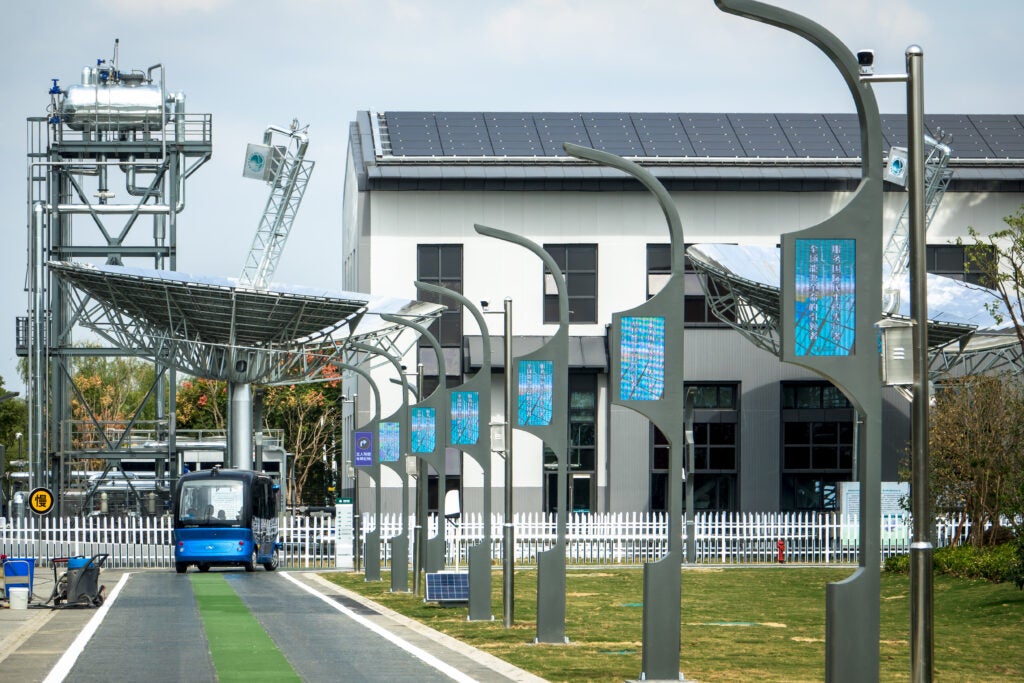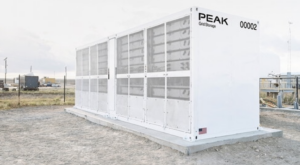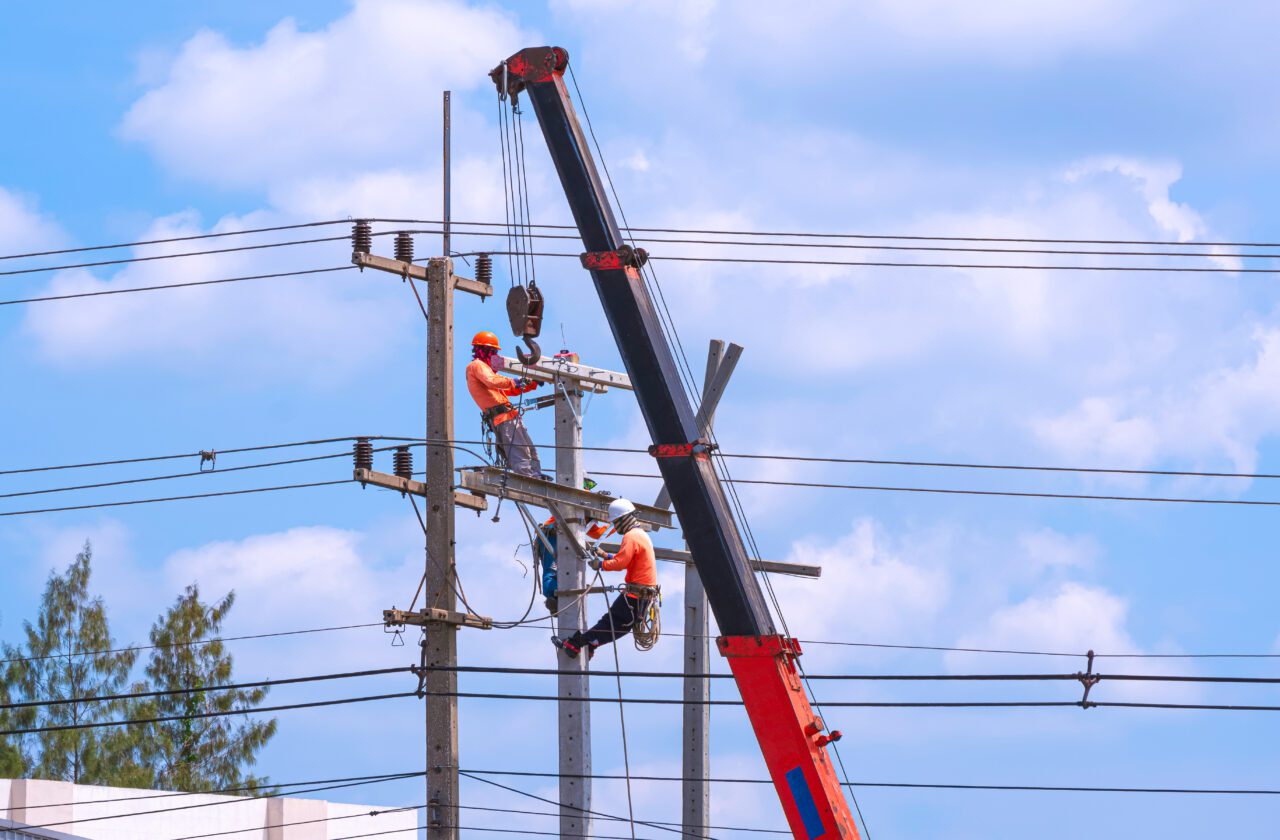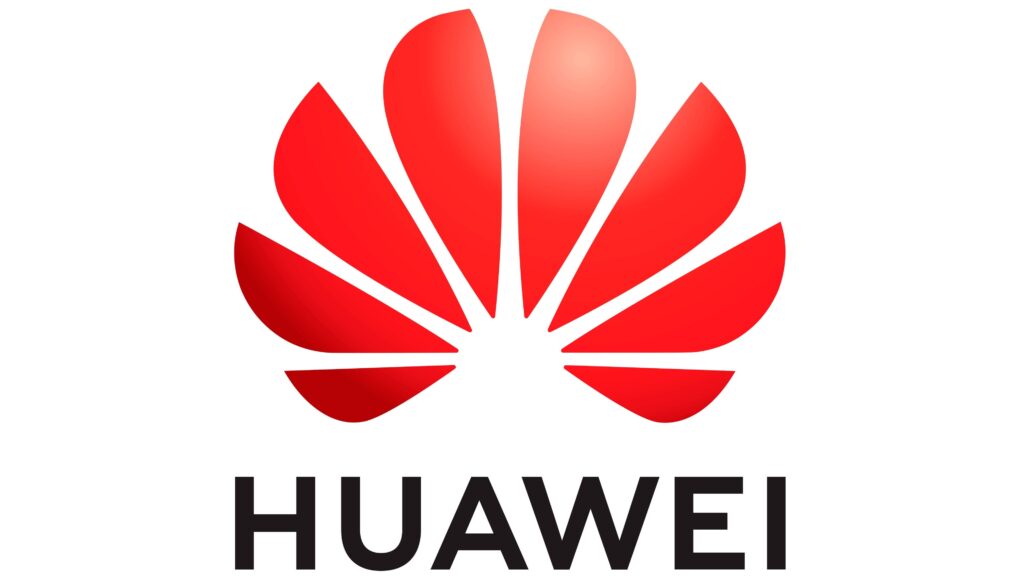Jiangsu province is an economic powerhouse on the east coast of China on the estuary of the mighty Yangtse River, just north of Shanghai. It has the second highest gross domestic product (GDP) in the country. But with rapid growth comes surging energy demands.

The province has been suffering due to power supply constraints and new low-carbon requirements. This is being addressed by State Grid Power Supply Company via the development of a modernized electric power system and the incorporation of renewable energy resources.
“We’ve connected a lot of new renewable energy systems, including distributed PV [photovoltaic] power, to the provincial power grid, to enable our green energy transformation,” said Jing Dongsheng, Deputy Director, Technology and Digitalization Department, State Grid Suzhou Power Supply Company. “We’ve changed the traditional power transmission model by creating a bidirectional, interactive, balanced, and active power grid.”
That entails the integration of information and communications technology (ICT) infrastructure with Huawei’s Intelligent Distribution Solution (IDS) to:
- Drive digital transformation in the power sector.
- Streamline the sensing and connection between all links in the power system.
- Improve the interaction between power generation, grid, load, and storage.
IDS introduces grid digitalization, utilizing high-speed telecommunications networks to enable stability and near real-time response. It includes smart distribution edge computing units (ECUs), high-speed power line communications (HPLC) that carry power services on power lines, and fiber and wireless backhaul networks that provide full coverage in distribution network scenarios at 99.9% reliability. A key element of IDS is a state-of-the-art wireless network.
Wireless Technology Transforms the Power Grid
State Grid Jiangsu has been front and center in the rapid expansion, modernization, and digitalization of the energy sector in China. To take things to the next level, it needed to address several major challenges, which included:
- Lack of precise control over power loads.
- Outdated digital automation controls.
- A large number of new energy nodes coming onto the grid.
- Rapid urbanization across its territory.
- No network access to its control nodes.
- Lengthy delays in the deployment of fiber networks.
- Delays in responding to power outages.
Previously, State Grid Jiangsu relied on a wireless public network as part of its operations. However, it offered limited bandwidth and lacked the enterprise-level security features needed to safeguard the grid.
Hence, the organization built an electric power wireless private network (WPN) using Huawei technology. It consists of a cloud-based core network that is integrated with LTE-G base stations. Other Huawei elements include precise load control, power distribution automation, accurate collection of power consumption data, charging piles for electric vehicles (EVs), intelligent substations, and smart meters.
This network provides the support needed for the digital and intelligent transformation of the entire power grid. Operating on a dedicated spectrum, this secure, flexible, and easy to maintain communication network is customized specifically for the power grid.
Although power distribution and consumption terminals operate across complex environments and cover a large area, the electric power WPN provides precise signal coverage over a huge number of electric power terminals, enabling them to be remotely controlled. This makes terminal-based networking and network-cloud interaction a reality, fills the gap in end-to-end independent and controllable communication technologies at the sensing layer of the energy internet, and streamlines last-mile operations.
“The Huawei wireless private network reduces our reliance on optical fiber, which is difficult, expensive, and time-consuming to deploy,” said Qi Baozhen, Manager of the Technology and Digitalization Department at State Grid Suzhou Power Supply Company. “The electric power wireless private network is the ideal digital infrastructure for us, as it supports secure, reliable, and resilient grid operations.”
The Largest WPN in China—State Grid Suzhou
The state of Jiangsu’s largest energy consumer is the city of Suzhou in the south of the province adjacent to Shanghai. In 2023, Suzhou had the largest GDP of any prefecture-level city in China. Suzhou’s power grid is also one of the most extensive city-level power grids in China. The city has accelerated the construction of its urban energy internet over the past few years to transform the electric power system.
Currently, State Grid Suzhou operates the largest electric power wireless private network in China. It has built about 800 base stations for the network, providing full private network coverage for the entire city. The network connects about 90,000 terminals of more than 20 types, including distributed PV, automatic power distribution, and power generation-grid-load-storage terminals.
This wireless network serves as the digital foundation for Suzhou’s new power system. It supports information collection and data transmission for the large number of terminals on the city’s digital grid. It also promotes the secure, efficient, green, and low-carbon development of electric power. In addition, the network facilitates robust socio-economic development of Suzhou by helping power supply companies to improve service quality and efficiency.
“By increasing the proportion of remotely controlled terminals on Suzhou’s power grid by nearly 130% and reducing average power outage times by 30%, the quality of power supply services has been significantly improved,” said Jing Dongsheng. “The wireless private network also helps power supply companies cut costs by reducing the cost of fiber optical cable construction by more than CNY1 billion.”
Further, this network enables more power from distributed energy systems to be integrated into the grid. It has raised the number of distributed PV and other new energy systems connected to the grid by 300%, shortened grid integration and communication access times for distributed PV systems by 95%, and reduced the construction cost of new energy power systems by over CNY100 million.
Huawei-Powered Jiangsu WPN
Huawei is the major supplier of Jiangsu’s IDS and wireless private network project. It provided the project with secure, reliable, flexible, and efficient end-to-end LTE network products and solutions that are specifically designed for the electric power industry.
“We have designed wireless private network solutions for a number of industries, including electric power, rail transportation, smart city, public service, airport, port, and mining industries,” said Jackie Liao, Executive Industry Solution Manager and Wireless Solution Expert, Electric Power Digitalization Business Unit, Huawei. “Many industry customers from around the world have chosen Huawei as their partner for wireless communication private networks.”









